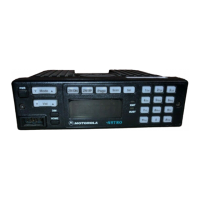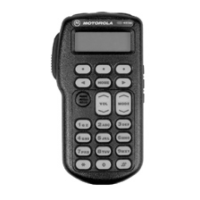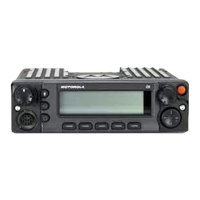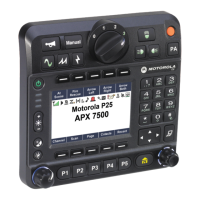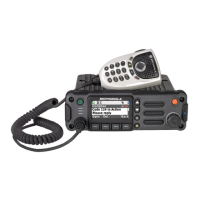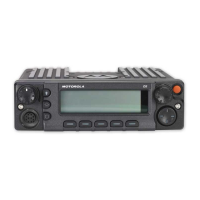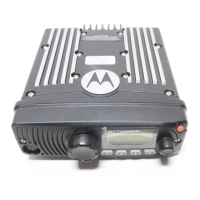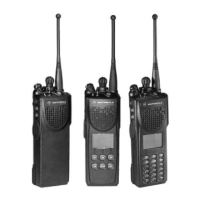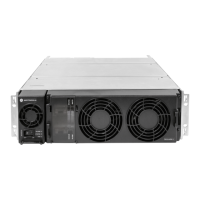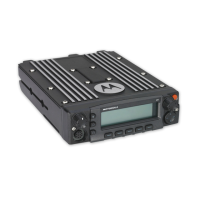6881076C25-E September 5, 2008
Troubleshooting Procedures: Power Amplifier Procedures 4-35
4.5.1.2.4 Isolating Failures
Methods of analyzing individual stages of the Power Amplifiers are detailed below. Most of the
stages are Class C and must be analyzed under relatively high RF power levels. Generators capable
of such levels may not be available in all service shops, therefore the tests below are arranged in
order of ascending power. This tends to allow the preceding stage to be the source of RF power for
testing the next stage.
Testing Low-Level Amplifier (LLA) Circuitry
The required DC and RF conditions are defined in Table 4-10 on page 4-30. Measure LLA voltages
according to Table 4-13.
If the above DC bias conditions are correct, check to see if the LLA is providing drive power to the
pre-driver, Q3804. Do so by checking Q3804's collector current under normal drive conditions, as
follows:
• Remove R3810 and L3806 (Be sure to reinstall after testing.)
• Solder wires to the remaining pads.
• Place an ammeter in series with Q3804 collector.
• Check for 0.1 to 0.5 A. (depending on control voltage).
NOTE: With no RF drive to the input of the PA, Q3804's collector current should be zero.
If Q3804 draws no current under normal conditions, then check for shorted or open input cable, or for
defective parts in the input network or matching circuitry between Q3801 and Q3804. If all of the
above check out OK, then replace Q3801.
Table 4-13. LLA and Driver Typical Voltages
CONTROL
VOLTAGE
RF DRIVE OFF RF DRIVE ON
9.2 V 6.0 V 9.2 V 6.0 V
Q3801
Base
Collector
–
0.7
8.3
–
0.7
9.0
–
0.7
8.0
–
0.5
8.8
Q3802
Base
Collector
Emitter
–
7.7
2.0
8.3
–
8.4
1.4
9.0
–
7.5
2.3
8.0
–
8.2
1.2
8.8
Q3806
Base
Collector
Emitter
–
5.1
7.7
4.5
–
4.1
8.4
3.4
–
5.1
7.5
4.5
–
4.1
8.2
3.4
Q3804
Base
Collector
–
0.5
13.8
–
0.5
13.8
–
0.0
13.3
–
0.2
13.4
